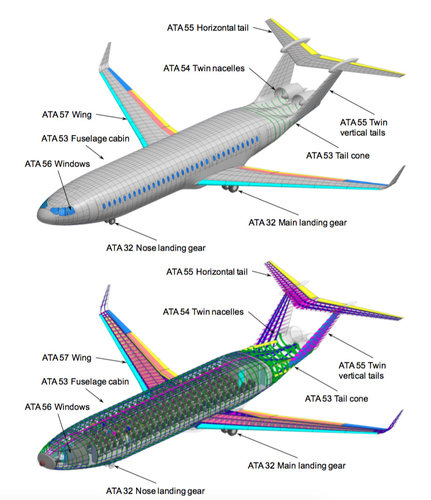- Joined
- 27 December 2005
- Messages
- 16,920
- Reaction score
- 21,763
This design, studied under NASA N+3 program, is getting continued funding.
Is it just me or is this (aside from T-tail) a copy of the Myasishchev M-60 configuration?
Is it just me or is this (aside from T-tail) a copy of the Myasishchev M-60 configuration?







